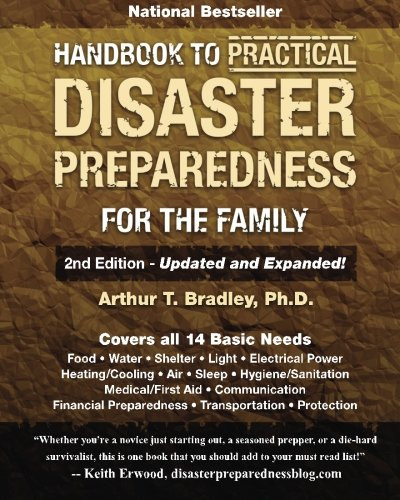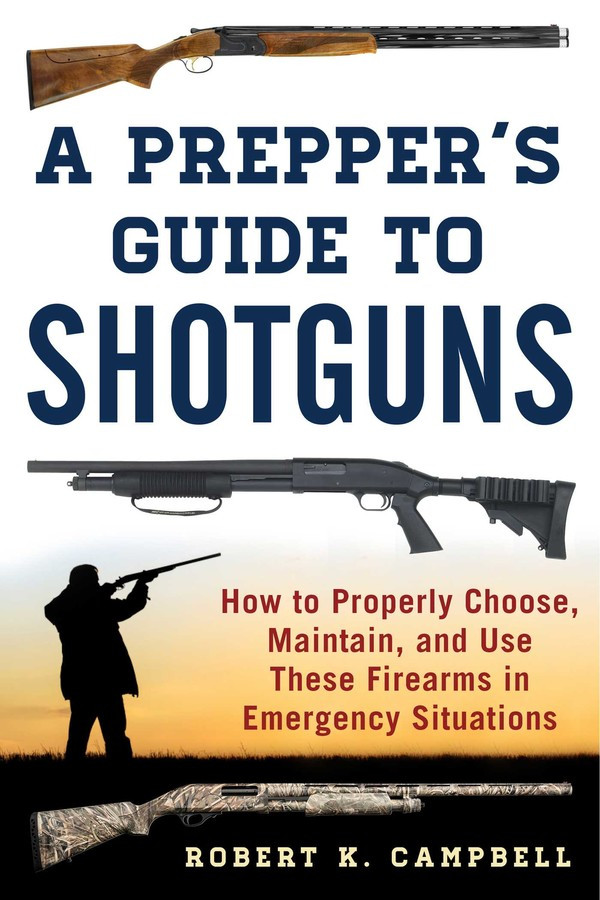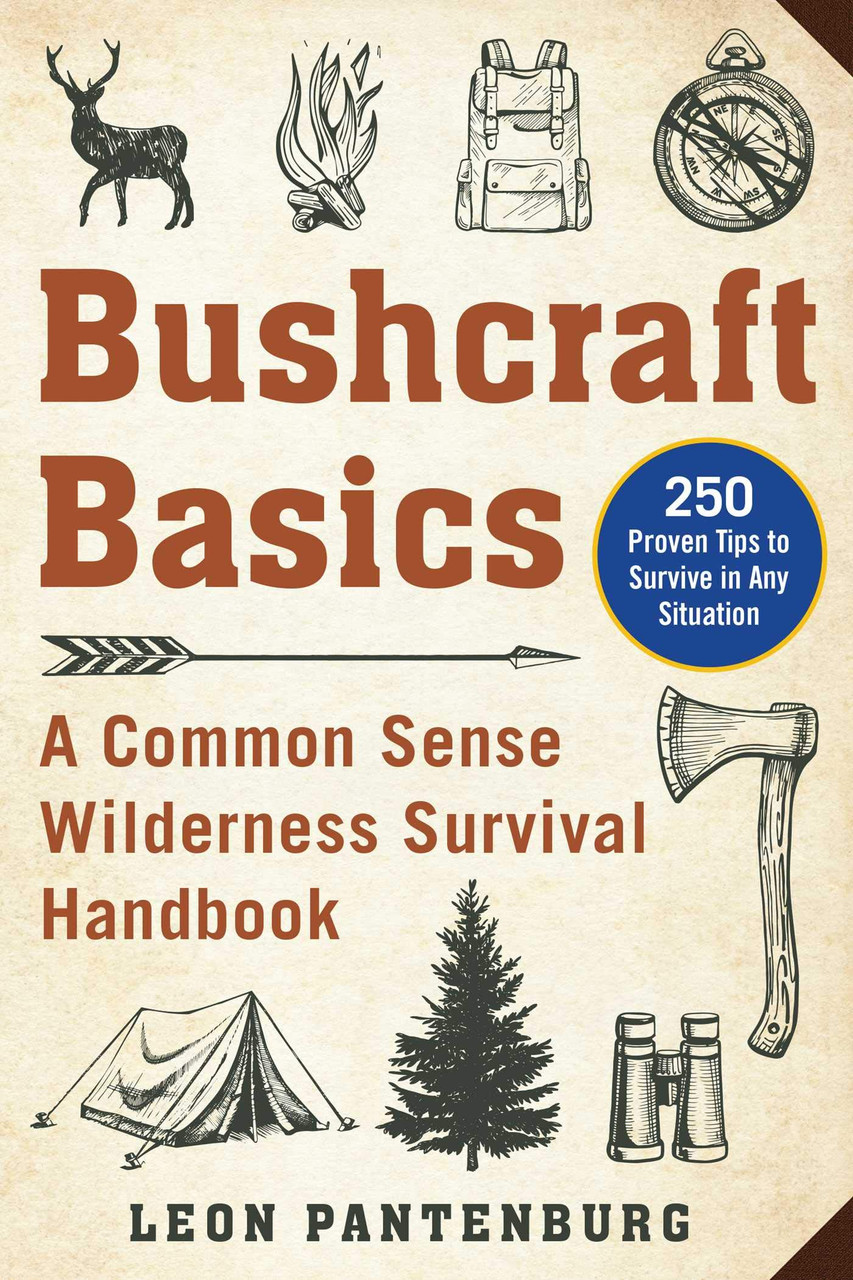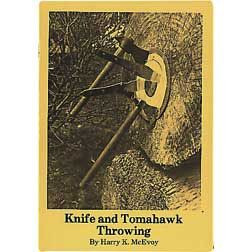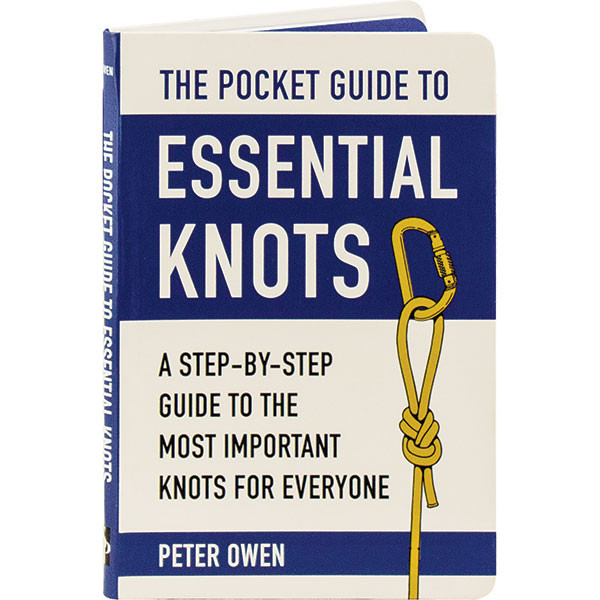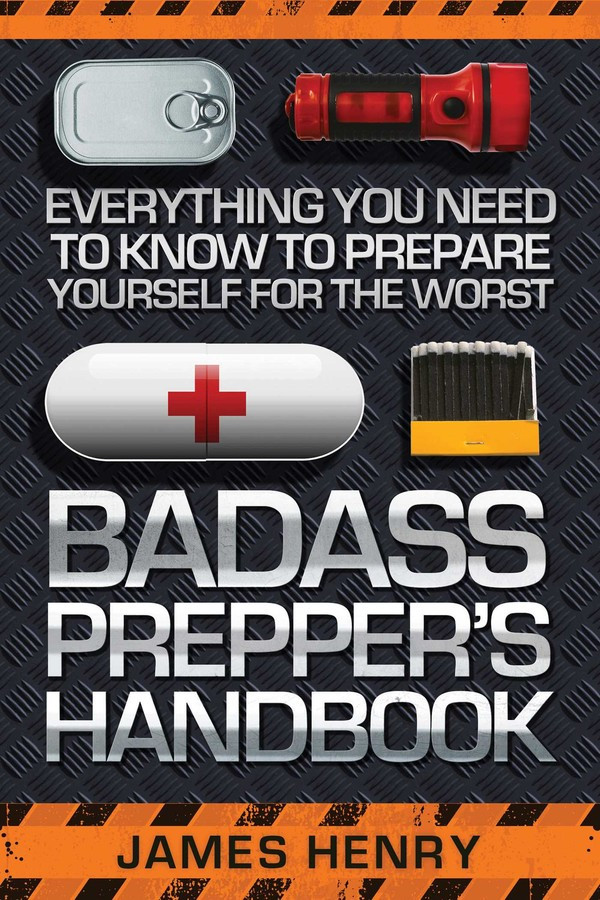| Content | Synopsis:
This handbook will help you to establish a practical disaster preparedness plan for your entire family. The 2ND EDITION has been expanded to include discussions of long-term food storage options, firearm selection and handling, disaster preparedness networks, radiological emergencies, our country’s impending financial collapse, and much more. Steps are also provided to help you prepare for the five deadliest types of natural disasters: earthquakes, tornadoes, hurricanes, floods, and tsunamis. This new larger 8" x 10" format includes easy-to-copy worksheets to help organize your family's preparedness plans.
Additional information is presented for the elderly, those with children, people with disabilities, pregnant women, and pet owners. Every topic is well researched with over 280 references cited.
From the Author:
Right out of the gate let me tell you what the book is NOT. It is not a book about fighting off hordes of flesh-eating zombies, should they ever rise from the grave. Nor will it describe how to survive a shipwreck by feasting on coconuts and roasted iguana. Finally, it is not intended to help you survive our planet being sucked into the cosmic fireball affectionately known as our Sun. If you wish to prepare for those types of events, I respectfully suggest that you continue your search for a more suitable text.
This book is designed to help your family prepare for more commonplace, yet still potentially deadly disasters. The list is long and varied, and includes hurricanes, tornados, terrorist attacks, earthquakes, pandemics, financial collapse, widespread blackouts, and much more. My hope is that this handbook will accomplish three things: (1) motivate you to become better prepared, (2) illustrate how to prepare effectively, and (3) help you to realize your place in a larger movement.
The handbook is clear and easy to read with more than a hundred photos, illustrations, and worksheets. What makes this book different is that it focuses on practical steps that you and your family can take to become better prepared. At the beginning of each chapter, is an example scenario designed to help you consider your current level of readiness. At the end, are brief lists of recommended supplies.
This handbook will help you to lay out a plan that includes assessing your family's needs, stocking supplies, shoring up your shelter, leveraging existing resources, mitigating potential hazards, and preparing for likely threats. At the end of your efforts, you will be rewarded with knowing that your family is far better prepared to handle real world challenges.
--From the Author | In the chaos of a survival situation, firearms will be important tools for protecting yourself, your family, and your supplies as well as for hunting animals for food. In A Prepper’s Guide to Shotguns, Robert K. Campbell discusses the best shotguns to have with you in any confrontation—including the end of the world as we know it. Shotguns that are easy to carry and lightweight and that shoot accurately and reliably at close ranges are ideal candidates for personal protection. In A Prepper’s Guide to Shotguns, Campbell explores specific shotguns that are appropriate for urban, rural, and suburban environments, with tips on how to use them in each context. Whether at home or in a survival scenario, these shotguns are the best for defense. A Prepper’s Guide to Shotguns not only reviews the specific features of defensive shotguns but how to use them—whether on the move, in a defensive situation, while retreating, or in other circumstances. Campbell also offers expert tips on how to improve your marksmanship, how to maintain your firearms, crucial gun safety rules, what ammo and optics to purchase, and more. | In Bushcraft Survival, Pantenburg delivers practical tips and anecdotes that cater to readers who are looking to improve their outdoor skills and prepare for every potential disaster. Drawing from his personal experience as an avid outdoorsman and years as a journalist, Pantenburg lays out easy-to-follow steps to prep for both short and long-term survival situations.
As natural disasters become increasingly present and people continue to rely on reality television shows for survival tips, developing bushcraft abilities is becoming more and more important. In this thorough handbook, Pantenburg covers a wide range of topics, including:
- Developing a survival mindset
- Crafting survival kits
- Choosing clothing best suited to survival
- Picking materials and objects to help you survive
- Building a variety of shelters
- Deciding what survival tools you should pack and which you should leave at home
- Effectively make a fire using different techniques
Filled with time-tested techniques and first-hand experience, Bushcraft Survival is the ideal book for those who want to step up their hiking or camping game, as well as those who are searching for relevant advice on emergency preparedness.
| As consumerism and a meat-heavy, processed diet become the norm and the world's population continues to grow at an exponential rate, more and more people are looking toward a more sustainable path for food. Authors Douglas Boudreau and Mykel Hawke believe that the future of food lies in the wild foods of times spanning back to before the mass-agriculture system of today.
People have become distanced from the very systems that provide their food, and younger generations are increasingly unable to identify even the trees in their backyards. In response, Boudreau and Hawke have provided a compendium of wild edible plants in North America. Foraging for Survival is a comprehensive breakdown of different plant species from bearded lichen to taro, and from all over the United States. There are also tips for growing local native plants in the backyard to facilitate learning and enhance table fare at home. Other information you'll find inside:
- A list of different types of edible wild plants
- Foraging techniques
- Bugs and other grubs that can be consumed
- Warning signs of poisonous plants
- And much more!
Whether you're a hiker taking a walk through your local wilderness, or chef looking for new ingredients to incorporate in your dishes, Foraging for Survival is the book for you!
| Knife and Tomahawk Throwing by Harry K. McEvoy. 28 pages. |
- Sections dealing with all kinds of emergency situations
- Great companion book to the Pocket Guide to Emergency First Aid
- Spiral binding lets pages lay flat for easy reading in the field
- Side tabs let you find the right chapter quickly
- Fully waterproof, dirt-proof, tear-proof, wind-proof, kid-proof.
- Pages are made of specially formulated, heat-treated, PVC plastic - polished, resin-coated polyvinylchloride polymer). Pages feature:
- Bright white printing surface - all printing is clear and precise
- Virtual indestructibility - the pages can't rip or tear, and the corners won't bend over
- Flexibility - pages can bend without breaking
- Washable surface - just wipe clean after use or wash in water
- Steel rule die cut with polished edges - the corners won't poke you while in your hand or in your pocket, as often happens with plastic printed materials
- Will not warp, fade or deteriorate. (Keep out of direct sunlight for prolonged periods - nothing can prevent the sun's ultraviolet rays from "yellowing" any kind of paper or plastic. Under normal conditions it will take years of use for these Pocket Guides to "yellow", and even then they will remain clear and perfectly readable!)
|
